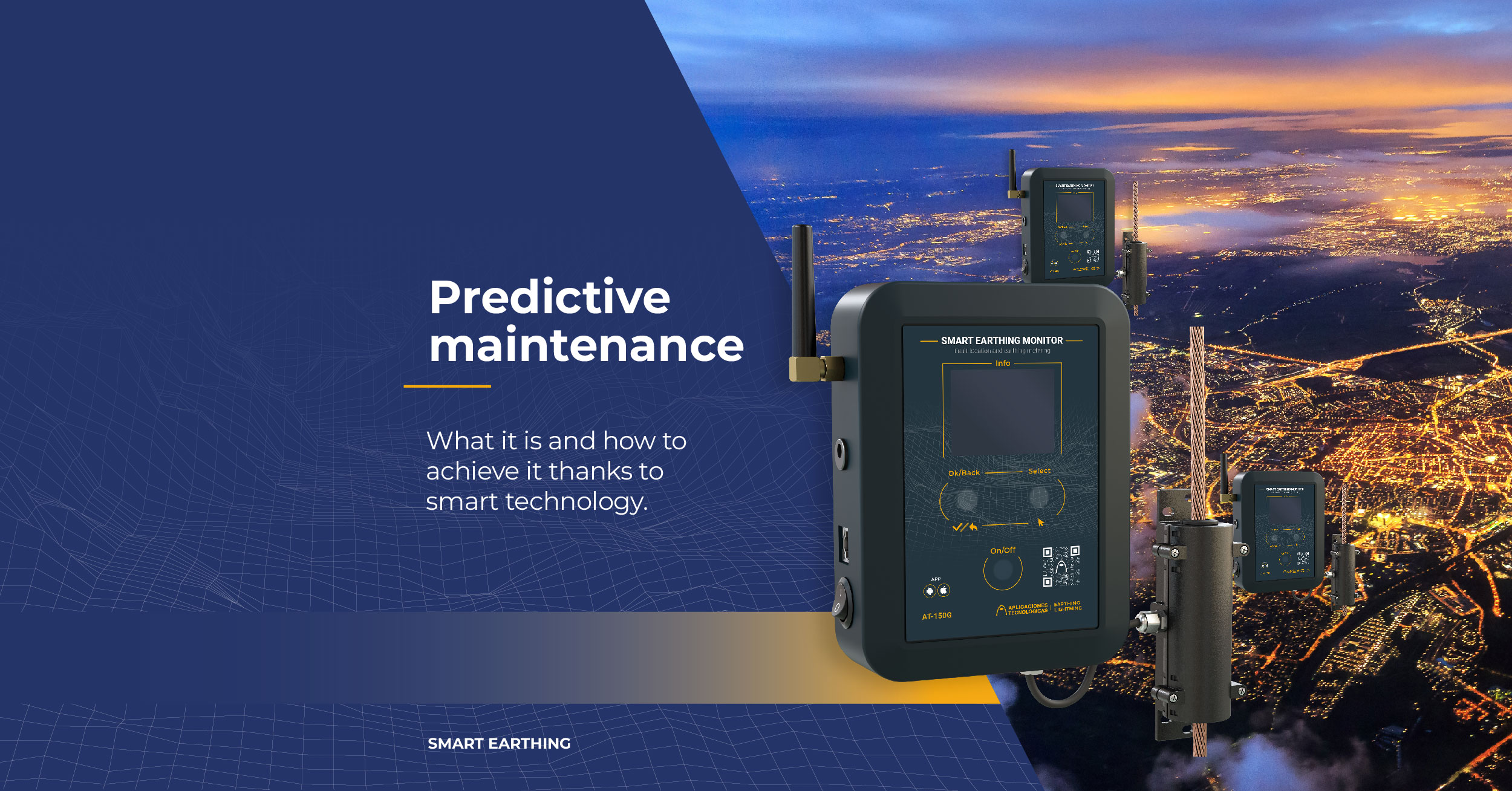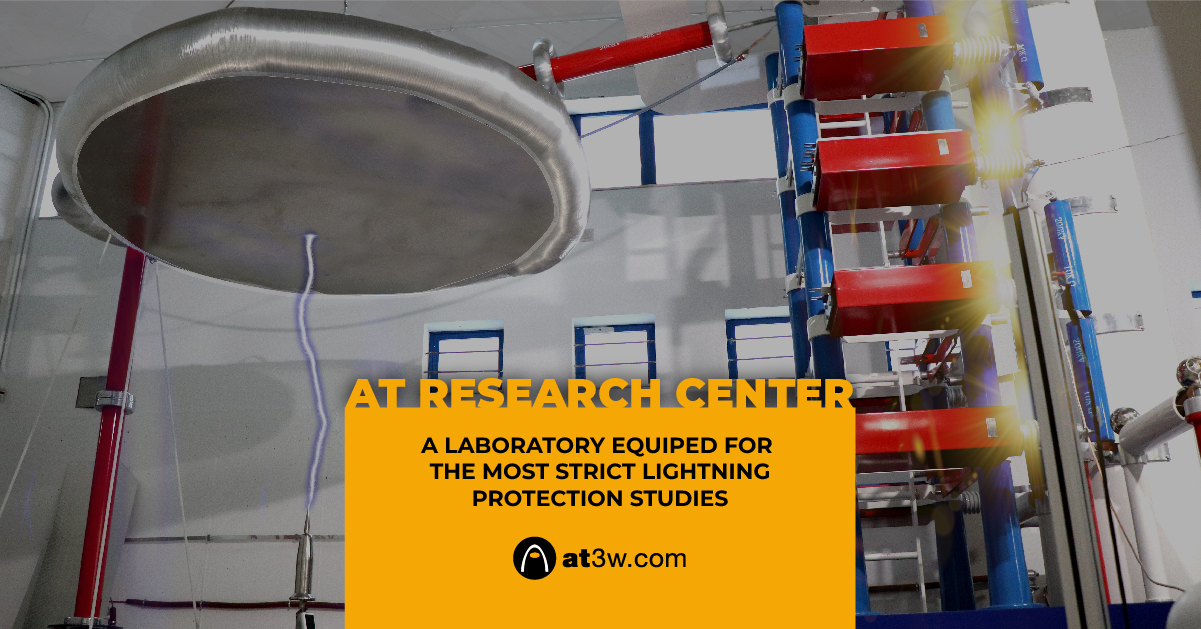A digital twin is a living virtual replica of a physical asset, connected to its real-time data. By combining sensors, models and operational context, it enables the observation and prediction of the asset’s behaviour as if it were a permanent simulator. From early models linked to space research to their ever-evolving role in Industry 4.0, digital twin technology represents a revolution in electrical distribution.
Within the constantly evolving vocabulary associated with digital transformation, the term digital twin (DT) has gained prominence since the technology consultancy Gartner identified it in 2016 as one of the top ten technological trends for the following decade, predicting that “within three to five years, billions of objects will be represented by digital twins, a dynamic software model of a physical object or system”.¹
The origins of this technology lie in one of the most famous missions of the space race during the 1960s and 70s. Today, digital twin technology transforms asset management into a proactive process: it diagnoses potential failures before they occur, optimises maintenance and energy consumption, documents its lifecycle, and tests scenarios without risk.
In the context of digitalising the electricity network, digital twins (DTs) serve as the operational layer that connects real-time data with network models (load flow, dynamics, and assets) to plan, operate, and maintain the smart grid in a safer, more flexible, and more efficient manner.²
What is a digital twin?
The international standard ISO/IEC 30173:2023 (Digital twin — Concepts and terminology) defines a digital twin as “the digital representation of a target entity, with data connections that enable convergence between physical and digital states at an appropriate synchronisation rate”.³
It is therefore the virtual representation of a system that exists in the physical world, fed with data from the system itself and possessing predictive capabilities. This data flow enables a bidirectional loop between the digital and physical realms for decision-making, given that it is not merely an isolated model or simulation.
In asset management, a digital twin offers clear advantages: it reduces costs and downtime, anticipates failures through predictive maintenance, optimises performance and energy consumption, extends asset lifespan, improves safety and compliance, accelerates commissioning and training, and enables scenario testing to plan investments with reduced risk.
Digital twins: From early models to the popularisation of the term
Like all technological concepts, the origins of the digital twin draw upon multiple sources over time—precursors sharing a similar idea that can be traced from the latter half of the 20th century onwards, during the Cold War space race, within NASA’s Apollo programme.
The Apollo 13 mission has gone down in history as, in the words of one of its crew members, a “successful failure”, as the crew did not complete the intended lunar landing due to the explosion of an oxygen tank, yet they managed to return safely to Earth. Today, that mission forms a key part of popular culture thanks to the phrase “Okay, Houston… we’ve had a problem here.” But it also changed the method by which the space agency tested its modules for future missions.
In response to this incident, NASA used multiple simulators to evaluate the failure and expanded a physical model of the vehicle to include digital components. This early digital twin was the first of its kind, enabling a continuous intake of data to model the events that led to the accident, for forensic analysis and exploration of next steps.⁴
Later, in 1991, American theoretical computer scientist David Gelernter introduced the concept of mirror worlds, software that faithfully reflects the real world, anticipating how this technology functions today.⁵ It would not be until 1997 that the term digital twin, as used today, appeared in a Spanish urban planning paper describing a 3D model accompanying a building project, although without the modern idea of a living loop transferring information.⁶
The arrival of the 21st century brought with it the consolidation of the digital twin as we know it today, linked to the field of Product Lifecycle Management (PLM). The concept was presented in 2002 at the University of Michigan by Michael Grieves. This presentation already contained all the elements we associate with a digital twin today: real space, virtual space, a link for data flow from the real space to the virtual space, a link for information flow from the virtual space back to the real world, and virtual subspaces.⁷
Digital twins at Aplicaciones Tecnológicas S.A. – Improving Smart Grid efficiency in electrical distribution
Smart grids represent a revolution in the energy sector, offering an innovative and sustainable solution to current energy challenges. Their large-scale implementation will enable the construction of a more efficient, flexible and resilient energy system, contributing to the transition towards a more sustainable future.
A digital twin enhances operations by providing real-time monitoring, predictive insights, simulation capabilities, remote control, training opportunities, data integration and support for decision-making. This technology enables Distribution System Operators (DSOs) to effectively manage the grid, optimise performance and ensure reliable and efficient energy distribution.
The digital twins developed by Aplicaciones Tecnológicas S.A. support proper maintenance, increase efficiency, minimise costs and assess network vulnerabilities.
References
[1] https://www.gartner.com/smarterwithgartner/gartners-top-10-technology-trends-2017
[2] International Electrotechnical Commission. (2024). Virtualising power systems: how digital twins will revolutionise the energy sector (https://www.iec.ch/basecamp/virtualizing-power-systems-how-digital-twins-will-revolutionize-energy-sector).
[3] International Electrotechnical Commission. (2010). Digital twin — Concepts and terminology (ISO/IEC 30173). (https://www.iso.org/standard/81442.html).
[4] https://www.nasa.gov/missions/apollo/apollo-13-the-successful-failure/
[5] Gelernter, David. (1991) Mirror Worlds: Or: The Day Software Puts the Universe in a Shoebox… How It Will Happen and What It Will Mean. Oxford University Press.
[6] Hernandez-Ibañez, Luis & Hernández, Santiago. (1997). Application of Digital 3D Models on Urban Planning and Highway Design.
[7] Grieves, Michael. (2016). Origins of the Digital Twin Concept. 10.13140/RG.2.2.26367.61609. (https://www.researchgate.net/publication/307509727_Origins_of_the_Digital_Twin_Concept).



